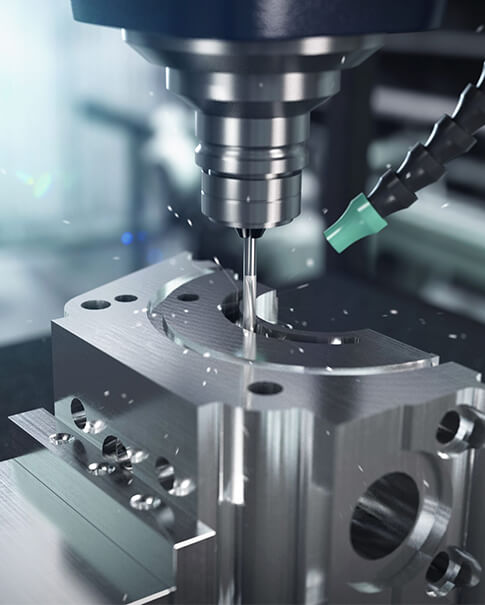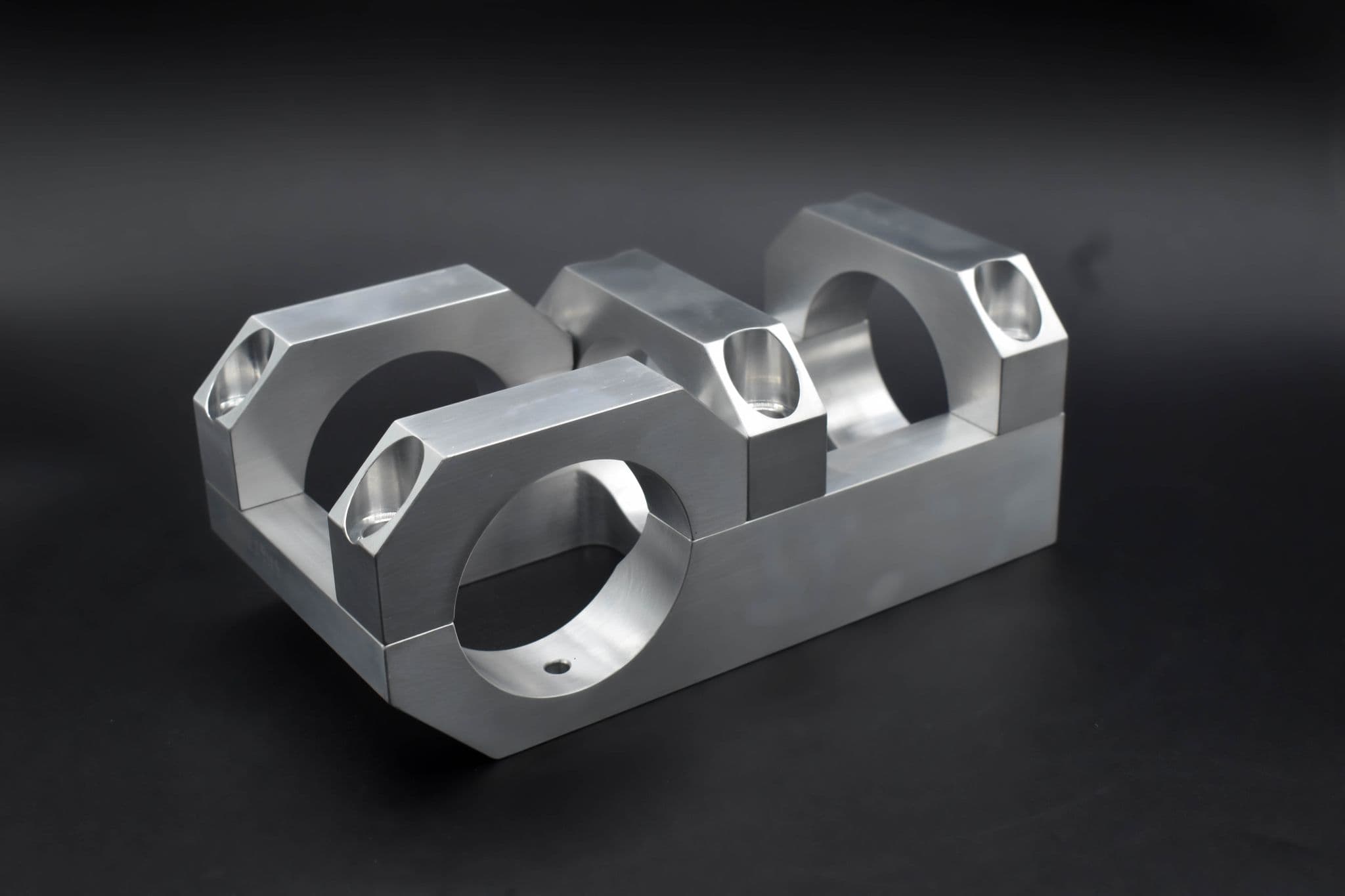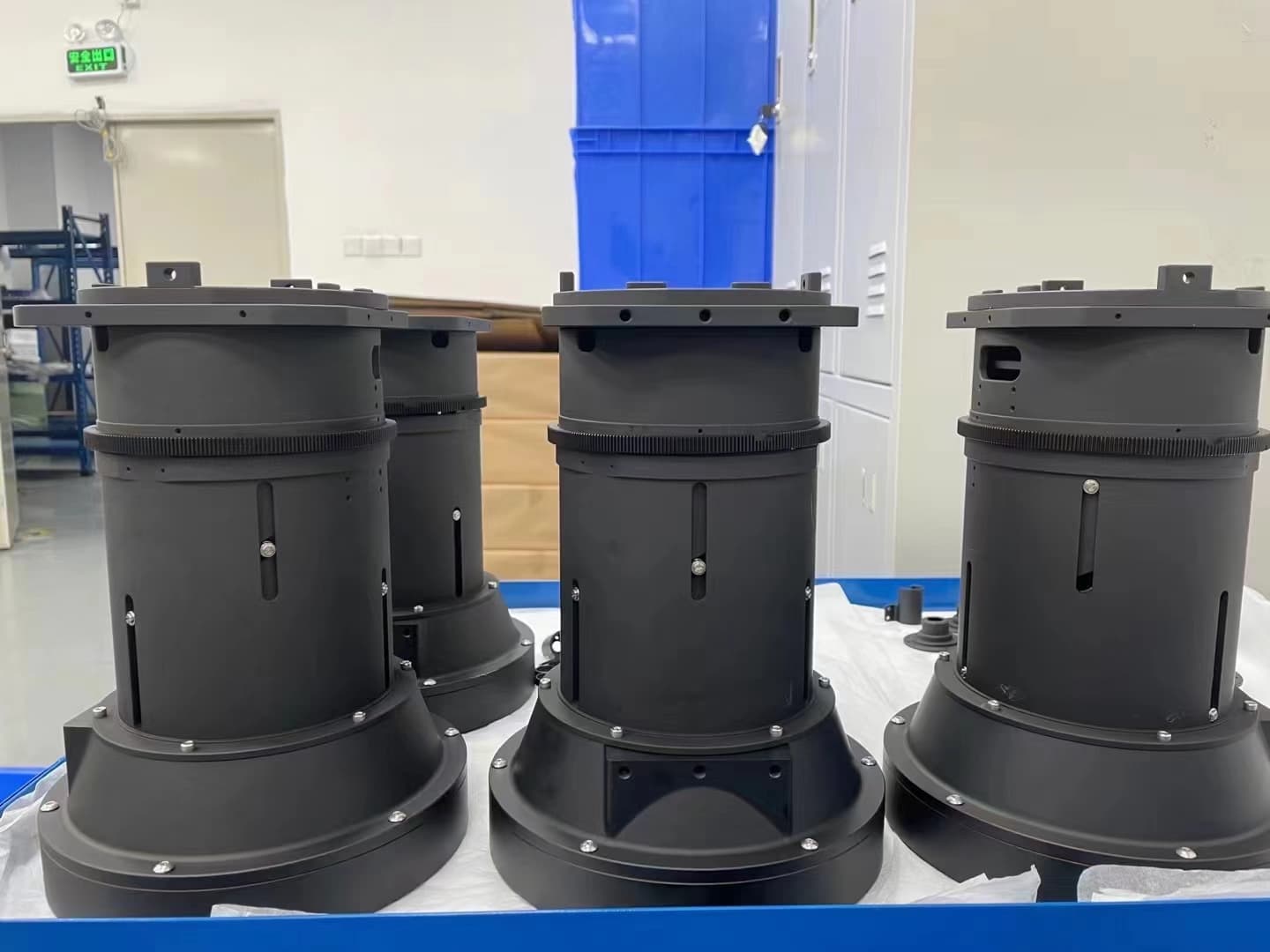
In CNC (Computer Numerical Control) machining, the design and selection of fixtures are crucial for ensuring machining precision and improving production efficiency. A well-designed fixture effectively secures the workpiece, minimizes vibrations and errors, and speeds up clamping processes, thereby significantly boosting overall production line performance. This article explores the importance of fixture design in CNC machining, discusses its principles, common types, and optimization strategies, and examines future trends in fixture development.
Fixtures are indispensable tools in CNC machining, serving the following primary functions:
Ensuring Machining Precision
Fixtures stabilize the workpiece, preventing displacement or vibration that could cause machining errors.
Improving Machining Efficiency
Properly designed fixtures reduce the time required for clamping and adjustments, accelerating production cycles.
Enhancing Operational Safety
Secure clamping systems lower the risk of workpiece detachment, ensuring operator safety.
Meeting Complex Machining Requirements
Fixtures enable multi-axis or complex geometric machining by providing stable support and precise positioning.
Accurate Positioning
The primary task of fixture design is to ensure the precise positioning of the workpiece during machining. This involves:
Reliable Clamping
Fixtures must securely hold the workpiece during machining to prevent vibration or loosening. Key considerations include:
Flexibility in Machining
Fixture designs should cater to a variety of workpiece types and sizes, reducing the frequency of fixture changes.
Example: A mold manufacturing company designed adjustable universal fixtures to accommodate different mold sizes, significantly improving production efficiency.
Ease of Clamping and Adjustment
Simple, user-friendly fixture designs minimize worker fatigue and enhance production efficiency.
Cost-Effectiveness
Fixture design and manufacturing costs should be controlled to meet functional requirements without unnecessary expenses.
General-Purpose Fixtures
Suitable for various workpiece types, such as vises, chucks, and clamps. These fixtures are cost-effective and ideal for small to medium production volumes.
Specialized Fixtures
Designed for specific workpieces, these fixtures significantly enhance machining efficiency and precision but are more expensive to produce, making them suitable for high-volume production.
Example: A specialized fixture designed for turbine blade machining increased precision by 15% and reduced machining time by 30%.
Modular Fixtures
Composed of standardized modules, these fixtures can be quickly assembled and adjusted for flexible production lines.
Vacuum Fixtures
Use vacuum suction to secure workpieces, ideal for thin-walled or easily deformable materials.
Magnetic Fixtures
Use magnetic forces to hold workpieces, commonly used for steel or ferromagnetic materials.

Adopting Smart Fixtures
With the rise of smart manufacturing, intelligent fixtures equipped with sensors can monitor clamping forces, workpiece positioning, and vibrations in real-time, ensuring stable machining.
Implementing Quick-Change Systems
Quick-change fixtures significantly reduce workpiece clamping and replacement times, boosting production efficiency.
Catering to Multi-Axis Machining Needs
For five-axis machining or other complex operations, fixture designs must support multi-surface machining and angle adjustments while ensuring unobstructed tool paths.
Example: A manufacturing company used self-centering fixtures for five-axis machining, enabling quick angle adjustments and maintaining precision, reducing machining time significantly.
Using Finite Element Analysis (FEA) for Fixture Design
FEA technology simulates clamping forces and stresses during the machining process, ensuring fixture strength and rigidity while preventing workpiece deformation caused by excessive clamping forces.
Case 1: Optimizing Fixtures for Smartphone Shell Machining
A consumer electronics manufacturer faced low efficiency in machining metal smartphone shells. By designing specialized vacuum fixtures, they solved clamping issues, avoided surface scratches, and improved production efficiency by 25%.
Case 2: Intelligent Fixtures for Complex Surface Machining
An aerospace company used intelligent fixtures with pressure sensors to machine engine blades. These fixtures monitored clamping forces in real-time and adjusted them based on vibrations, ensuring precision and surface quality in complex surface machining.
Intelligent and Automated Fixtures
Smart fixtures will integrate with CNC systems for real-time monitoring and automatic adjustments during machining.
Lightweight Materials
Future fixtures will increasingly use composite materials and lightweight designs to reduce machine tool loads while maintaining rigidity and strength.
Modular and Standardized Designs
Modular fixtures will enable manufacturers to quickly adapt to various machining tasks, reducing fixture development and replacement costs.
Environmentally Friendly Designs
As sustainability becomes a priority, fixture designs will focus on recyclable materials and energy-efficient manufacturing processes.
Conclusion
Fixtures play a pivotal role in CNC machining, influencing both precision and efficiency. By adhering to sound design principles, adopting innovative optimization strategies, and embracing emerging trends, manufacturers can significantly enhance their machining processes, meeting the demands of modern industry with agility and precision.